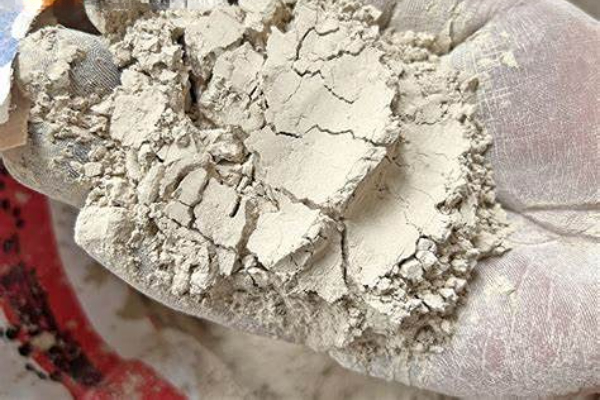Milyen típusú tűzálló cementek vannak?
Using high-quality bauxite and high-quality lime as raw materials, they are mixed into an appropriate amount of raw material according to a certain proportion. After sintering, the clinker with aluminate as the main component is obtained, and then ground into fine powder to make fire-resistant water-hard cementitious material, called refractory cement. The refractory degree of refractory cement is not less than 1580 ℃.
Types of refractory cement
Refractory cement can be divided into aluminate refractory cement, low calcium aluminate refractory cement, calcium magnesium aluminate cement, and dolomite refractory cement according to different compositions.
Aluminate refractory cement

Aluminate refractory cement is a fire cement that is usually mixed and ground into 4 parts (by mass) of low calcium aluminate refractory cement clinker and 1 part of high alumina cement clinker. Compared with low calcium aluminate refractory cement: early strength is higher, refractory degree is close, and use is the same.
Low calcium aluminate refractory cement
Low lime aluminate refractory cement is an aluminate cement made from high-quality bauxite and limestone in an appropriate proportion, sintered and ground. Its composition is generally: aluminum oxide accounts for 70%, calcium oxide accounts for 19% to 23%, silicon dioxide <4%, iron oxide <1.5%. The mineral composition is mainly calcium disaluminate, accounting for 60% to 70%, and the refractoriness is above 1650°C. Compared with high alumina cement, the main differences are: high alumina content, low calcium oxide content, low early strength, and high refractoriness. It can be formulated into refractory concrete or refractory mortar with refractory aggregates (such as calcined bauxite, high-alumina brick fragments, stb.) with a refractory temperature above 1770°C, and can be used as the lining of cement rotary kilns and other industrial kilns.
Calcium magnesium aluminate cement
Calcium magnesium aluminate cement is an aluminate cement made from high-quality bauxite and dolomite in an appropriate proportion, sintered and ground. The composition of calcium magnesium aluminate cement is generally: alumina accounts for 66% to 74%, calcium oxide accounts for 13% to 18%, and magnesium oxide accounts for 10% to 13%. Trace amounts of silicon dioxide and iron oxide. The mineral composition is composed of calcium aluminate and calcium disaluminate accounting for 45% to 60%, and spinel accounting for 35% to 50%. The refractoriness is above 1650℃.
Compared with low-calcium aluminate cement, calcium-magnesium aluminate cement has the following advantages: strong resistance to chemical erosion of slag and metal melt; when the alumina content is the same, due to the presence of spinel, The refractoriness is high; the mixing water is less, the porosity is low after hardening of the cement, and the calcination shrinkage is small; the strength loss when heated to 1100°C and dehydrated is small. Calcium magnesium aluminate cement and fused white corundum and other aggregates are formulated into concrete, which can be used as the lining of cement rotary kilns and other industrial kilns.
 Rongsheng tűzálló anyagok gyára
Rongsheng tűzálló anyagok gyára
WeChat
Olvassa be a QR-kódot a wechat segítségével